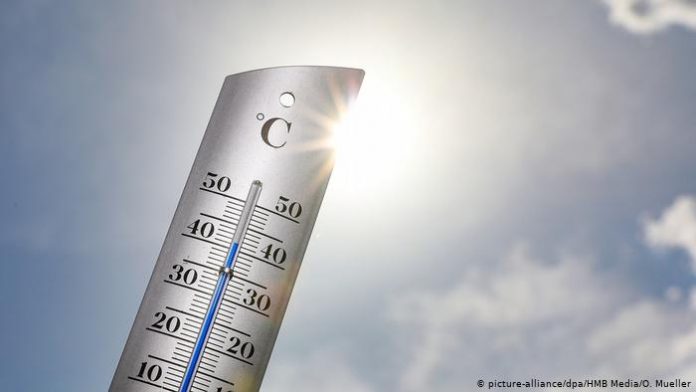Web Desk
2021 was one of the seven warmest years on record, according to six leading international datasets consolidated by the World Meteorological Organization.
Global warming and other long-term climate change trends are expected to continue as a result of record levels of heat-trapping greenhouse gases in the atmosphere.
The average global temperature in 2021 was about 1.11 (± 0.13) °C above the pre-industrial (1850-1900) levels. 2021 is the 7th consecutive year (2015-2021) where global temperature has been over 1°C above pre-industrial levels, according to all datasets compiled by WMO.
WMO uses six international datasets to ensure the most comprehensive, authoritative temperature assessment. The same data are used in its annual State of the Climate reports which inform the international community on global climate indicators.
The rankings of individual years should be considered in the long-term context, especially since the differences between individual years are sometimes marginal. Since the 1980s, each decade has been warmer than the previous one. This is expected to continue.
The warmest seven years have all been since 2015, with 2016, 2019 and 2020 constituting the top three. An exceptionally strong El Niño event occurred in 2016, which contributed to record global average warming.
“Back-to-back La Niña events mean that 2021 warming was relatively less pronounced compared to recent years. Even so, 2021 was still warmer than previous years influenced by La Niña. The overall long-term warming as a result of greenhouse gas increases is now far larger than the year-to-year variability in global average temperatures caused by naturally occurring climate drivers, said WMO Secretary-General, Prof. Petteri Taalas.
“The year 2021 will be remembered for a record-shattering temperature of nearly 50°C in Canada, comparable to the values reported in the hot Saharan Desert of Algeria, exceptional rainfall, and deadly flooding in Asia and Europe as well as drought in parts of Africa and South America. Climate change impacts and weather-related hazards had life-changing and devastating impacts on communities on every single continent,” Prof. Taalas said.
Temperature is just one of the indicators of climate change. Others include greenhouse gas concentrations, ocean heat content, ocean pH, global mean sea level, glacial mass and sea ice extent.















